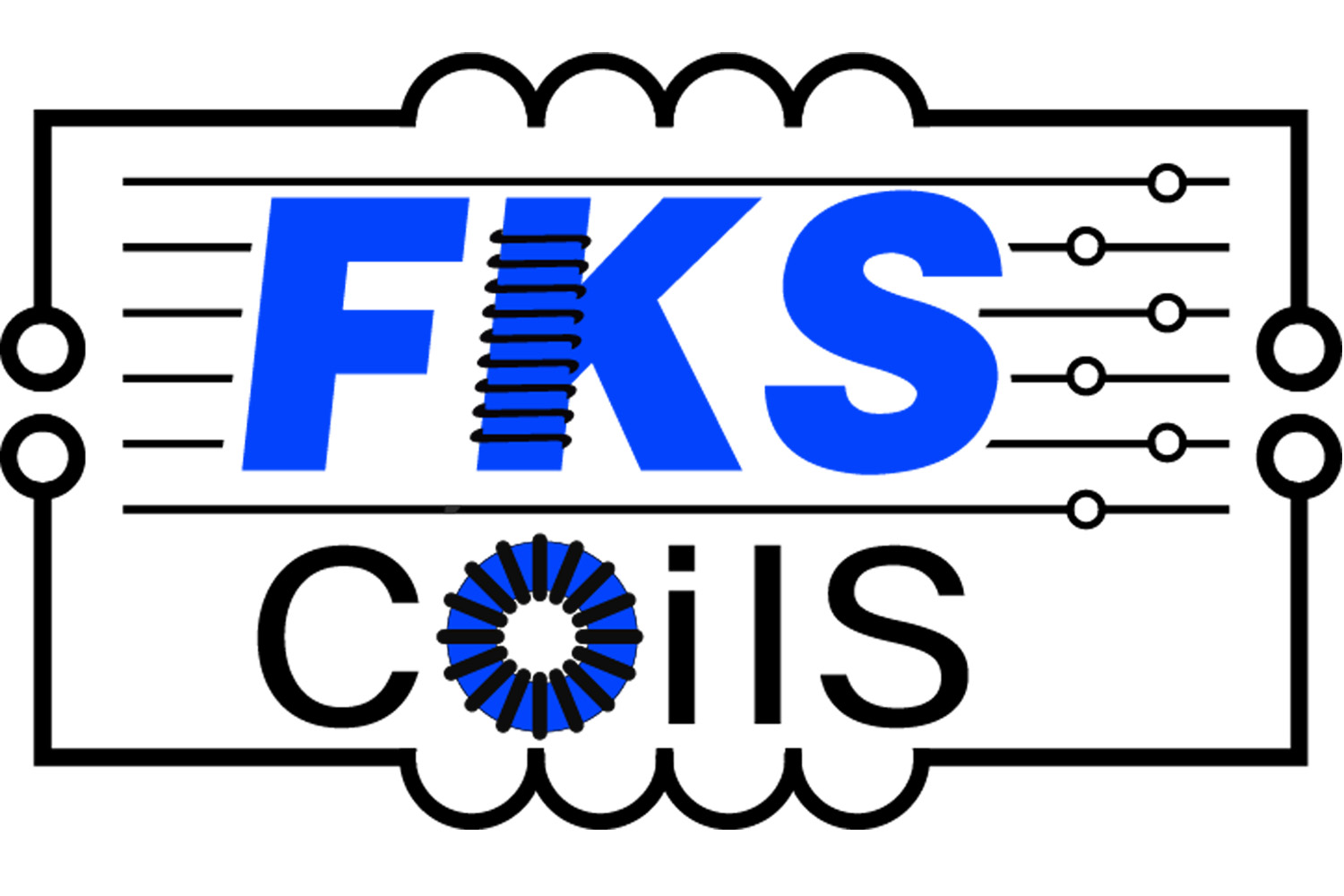 |
Shaanxi FKS Electronic Parts Import & Export Co.,Ltd.Xixian New Area FKS Electronic Technology Co.,Ltd. |
|
||||||
The difference between high frequency transformers and low frequency transformers
The main compressors produced by FKS areFKS-LLCR Resonant Converter(FKS760895431,FKS760895631,FKS760895731),FKS-CST Current Sense Transformer(FKS749252020,FKS749251020,FKS7492540020),FKS-OLEFD Offline transformer(FKS750811612,FKS750811611,FKS750811512).
The main difference between high frequency transformers and low frequency transformers is their design and application frequency. Here are some key points of difference:
1. Application frequency
High-frequency transformers: Designed to handle higher frequencies of alternating current, typically in the range of several thousand Hertz to several hundred megahertz.
Low-frequency transformers: Designed to handle AC at lower frequencies, typically 50 or 60 Hertz, which is the standard grid frequency in most countries.

2. Core materials
High-frequency transformers: Designed to handle higher frequencies of alternating current, typically in the range of several thousand Hertz to several hundred megahertz.
Low-frequency transformers: Designed to handle AC at lower frequencies, typically 50 or 60 Hertz, which is the standard grid frequency in most countries.

3. Design considerations
High frequency transformers: Skin effects and proximity effects need to be considered, as these effects are more significant at high frequencies and may affect the performance of the transformer.
Low frequency transformer: The design mainly considers the hysteresis loss and eddy current loss, as well as the magnetic flux density and magnetic circuit design.
4. Winding structure
High-frequency transformers: The windings may be wound in multiple layers to reduce leakage and increase efficiency.
Low frequency transformer: winding design may be simpler, single or multi-layer winding, the main consideration is heat dissipation and mechanical strength
5. Insulation requirements
High-frequency transformers: Due to the higher dielectric stress at high frequencies, better insulation materials and structures may be required.
Low-frequency transformers: The insulation requirements are relatively low, but still need to meet electrical safety standards.
6. Heat dissipation
High frequency transformers: Due to the higher loss caused by high frequency, more efficient cooling solutions may be required, such as the use of heat sinks or fans.
Low-frequency transformer: the heat dissipation requirements are relatively low, but the thermal stability under long-term operation still needs to be considered.
7. Application field
High-frequency transformers: often used in switching power supplies, RF amplifiers, communication equipment and other high-frequency electronic equipment.
Low-frequency transformer: widely used in power system, industrial control, household appliances and other low-frequency electrical equipment.
8. Size and weight
High-frequency transformers: Potentially smaller and lighter because high-frequency operation reduces the amount of magnetic material required.
Low frequency transformers: May be larger and heavier because more magnetic material is needed to handle the flux at lower frequencies.
9. Efficiency and performance
High-frequency transformers: High efficiency in design, but may have higher costs.
Low frequency transformers: Efficiency may be lower, but cost and reliability are often design considerations.
conclusion
Each type of transformer has its specific design requirements and application scenarios, and the selection needs to be determined according to the specific electrical requirements and environmental conditions.
![]() The difference between high frequency transformers and low frequency transformers.pdf
The difference between high frequency transformers and low frequency transformers.pdf
【 Go Back 】 | 【 Print 】 | 【 Close this window 】





